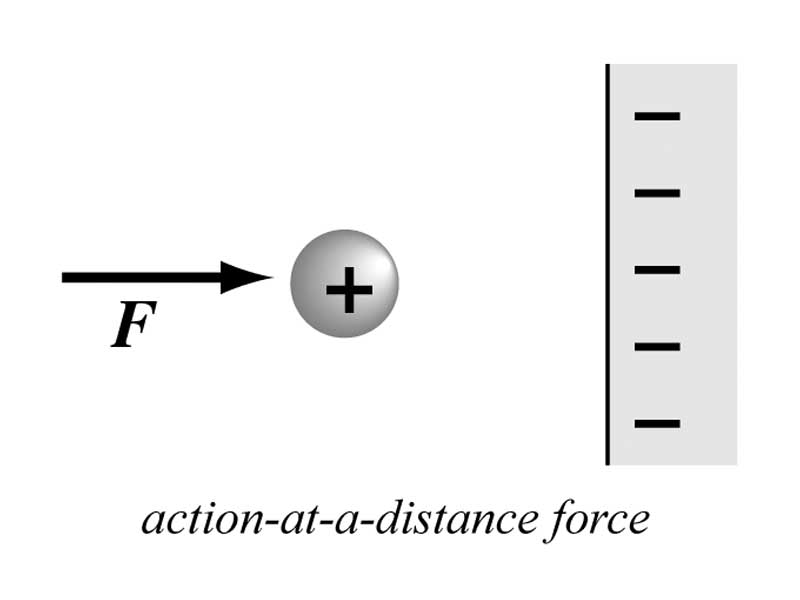Interdisciplinary Note (17 of 20)
The comparison and contrast of gravitational and electrostatic force is a helpful theme for learning which we have touched on several times already. With both electric force interactions and gravitational force interactions, the force decreases the further apart the objects are positioned. Both the electrostatic force and the gravitational force are inverse square law forces, so, in other words, when the objects are twice as far apart, the forces are 1/4 as strong.
While the relationship between the strength of an interaction and the distance is similar with both gravity and the electrostatic force, remember that gravity is produced by the interaction of masses, while electric phenomena result from charge interactions. Furthermore, while the gravitational force only appears as a force of attraction, the electric force can be either an attraction or a repulsion.
Unlike gravitation, however, electric force has a flip-side as well, the magnetic force, but there is no evidence of a gravitational analog to magnetism. Furthermore, the acceleration of electric charges, additionally, leads to the propagation of electromagnetic radiation, but the presence of analogous gravity waves has not been observed.
